-
 WhatsApp: +86 19941574798
WhatsApp: +86 19941574798
-
 sale06@kfqizhongji.com
sale06@kfqizhongji.com
Heavy Machinery
Heavy Capacity Polyurethane Load Road Wheels in Cranes
Polyurethane wheels play the role of loading and roading in cranes, helping cranes move quickly to the right position, safely carry, and improve efficiency. Polyurethane wheels can be customized in hardness, size, and color according to design conditions.
Polyurethane wheels play the role of loading and roading in cranes, helping cranes move quickly to the right position, safely carry, and improve efficiency. Polyurethane wheels have aluminum cores, iron cores, and steel cores, and can be customized in hardness, size, and color according to design conditions.
Cranes are core machinery for industrial production and logistics handling. They are widely used in factories, docks, warehouses, construction sites, and other places, and undertake key tasks such as lifting, loading and unloading, and stacking. By optimizing the lifting and moving of heavy objects, the operating efficiency is greatly improved, and production safety is effectively improved.
Advantages of the application of polyurethane hubs in cranes
Carrying capacity and buffering: Polyurethane materials have high mechanical strength and good elasticity, and can withstand very large fatigue and effectively absorb impact. Its carrying capacity far exceeds that of traditional rubber wheels, which can meet the needs of heavy-loaded goods; at the same time, high elasticity brings good buffering and reduces feedback.
Wear resistance and corrosion resistance: Poly load wheels are extremely wear-resistant and can run for a long time without being easily worn, greatly extending service life and reducing maintenance costs. It has good tolerance to grease, chemicals, and various solvents, and can also work reliably in anti-corrosion or chemical environments.
Low noise and ground protection: Compared with steel wheels or cast iron wheels, polyurethane wheels have significantly lower noise when running, making the workshop or warehouse environment quieter. The resilience of polyurethane ensures that the wheels do not generate sparks when rolling and will not scratch or contaminate the ground. It is very friendly to cement floors, tiles, and fine stone concrete floors.
Applicable scenarios: Polyurethane wheels can walk stably on a variety of hard surfaces, including smooth floors, gravel floors, tracks, etc.; their good traction also makes driving and steering easier.
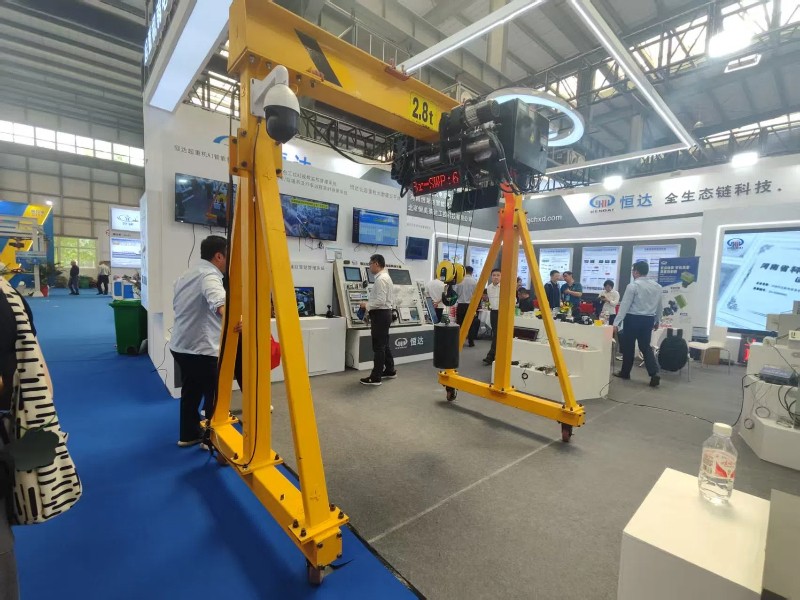
Precautions for use
Avoid overloading: When using the urethane road wheel should be operated strictly according to the rated load, and the load should not be overloaded. Excessive overloading will cause the wheel body to wear quickly or even be damaged, thus affecting the safety and reliability of the crane.
Regular inspection and cleaning: The tire wear condition, bearing condition, etc., should be checked regularly. When cracks, wear, or severe wear are found, they should be replaced in time. Add grease to bearings and other parts to ensure flexible operation.
Prevent high temperature aging: Crane polyurethane wheels have a certain temperature resistance limit. Avoid using them in an environment within their temperature resistance range (usually about 80-100℃) for a long time. Polyurethane materials will accelerate oxidation, become brittle, or crack. In high-temperature situations, you can consider choosing polyurethane wheels with high-temperature resistant formulas or increasing ventilation and cooling.
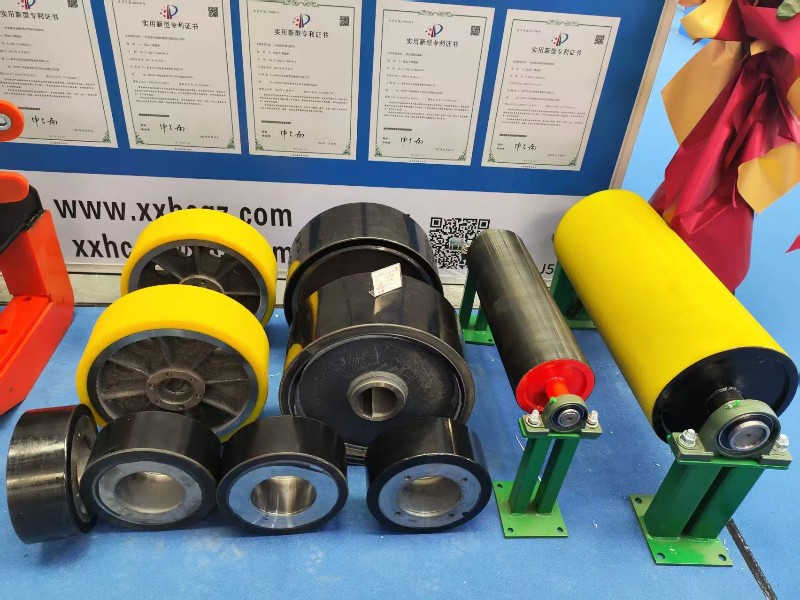
Polyurethane-coating wheels are widely used in bridge cranes, gantry cranes, jib cranes, and other lifting equipment. They have excellent wear resistance, load-bearing capacity, chemical resistance, resilience, and other characteristics. For information about polyurethane wheels, please contact us for consultation!
Categories
Recent Cases
Recent Products
Recent Blogs
- Why Choose Injected Polyurethane (TPU) Wheels for Your Equipment
- Pallet Stacker Drive & Idler Wheels for Automated Warehouses
- Mold-on Polyurethane Wheels
- Analysis of the Causes of Cleanroom Stacker Polyurethane Wheel
- Why Are NDI Drive Rollers the Premier Choice for Pallets
- Polyurethane Wheels in Mining
- How Do You Maintain Polyurethane Wheel Longevity
- How Do Polyurethane Wheels Compare To Metal Wheels
- What Industries Benefit Most From Using Polyurethane Industrial Wheels
- Polyurethane Forklift Wheels for Warehousing Pallet Handling

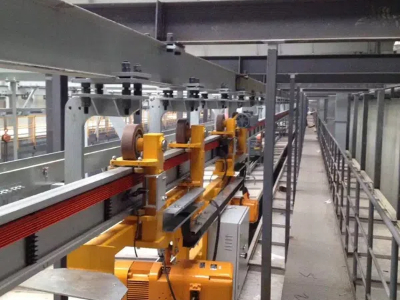
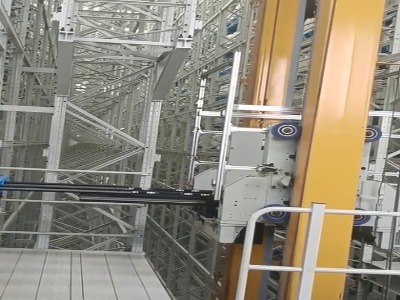
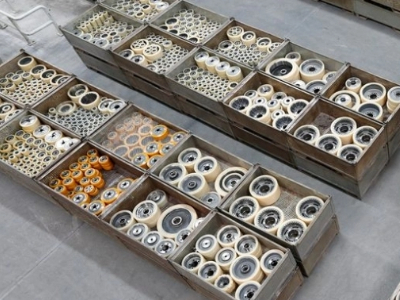
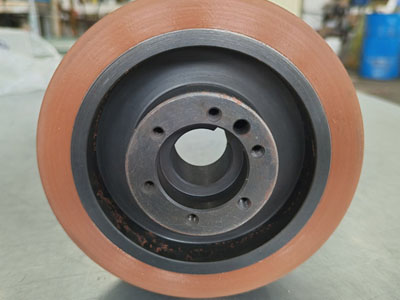
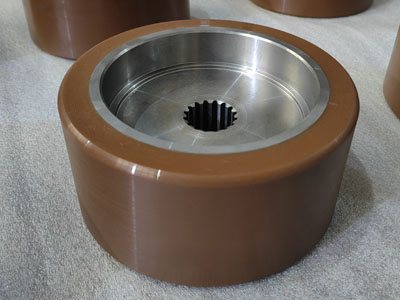
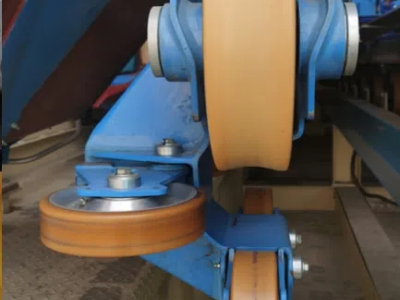
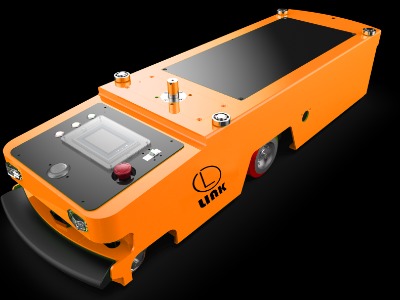
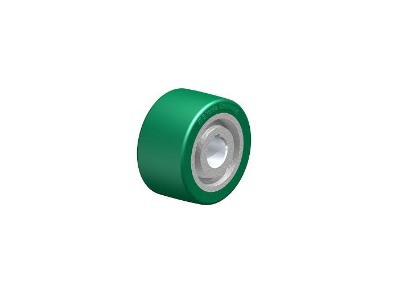
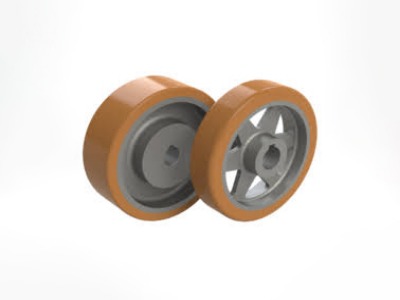
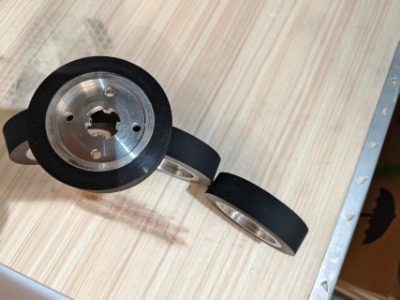
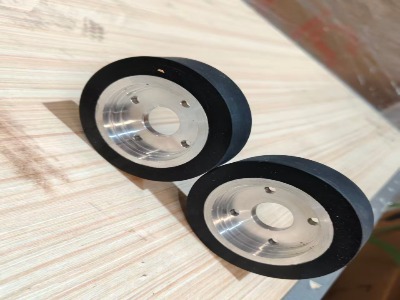
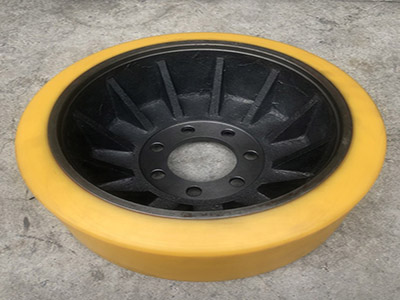
KBK Crane Rail Wheel Re-Coating with Polyurethane
Heavy Duty Polyurethane Wheels for Crane